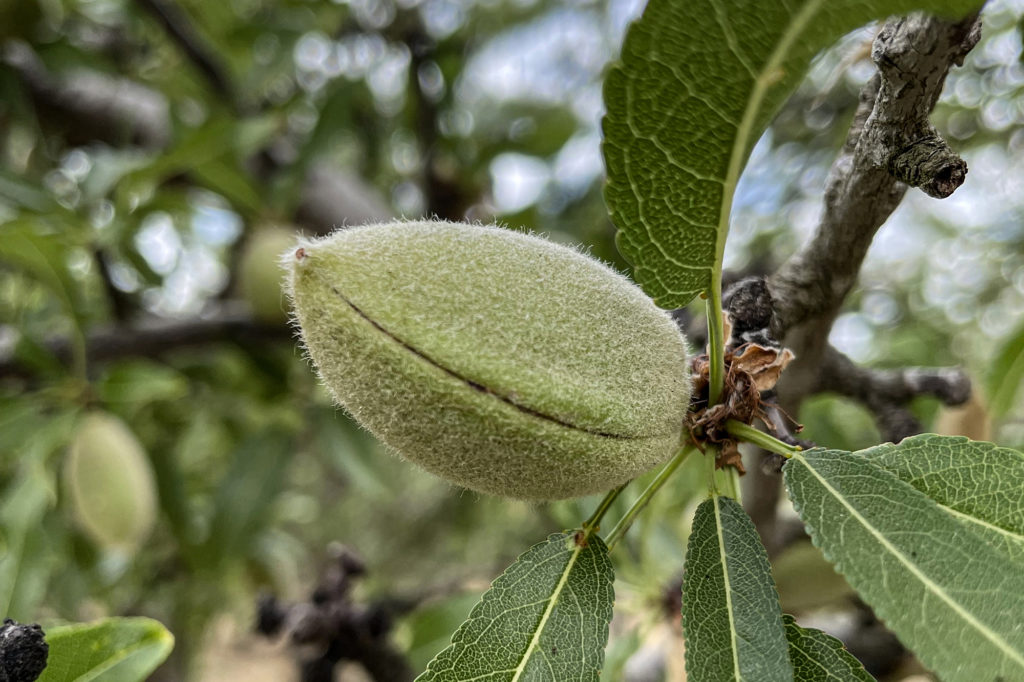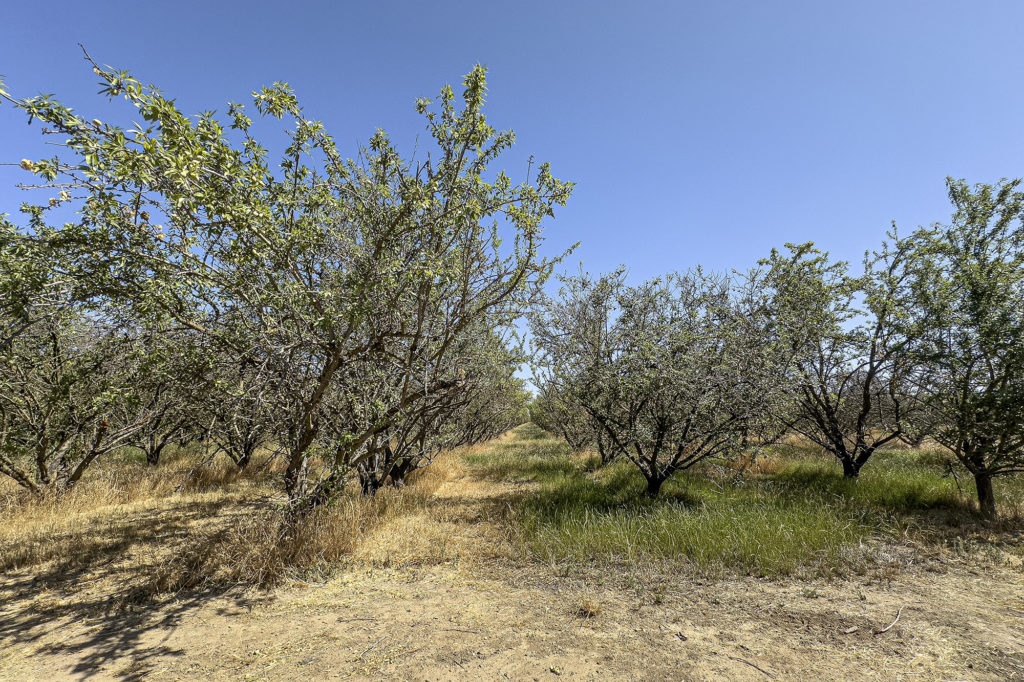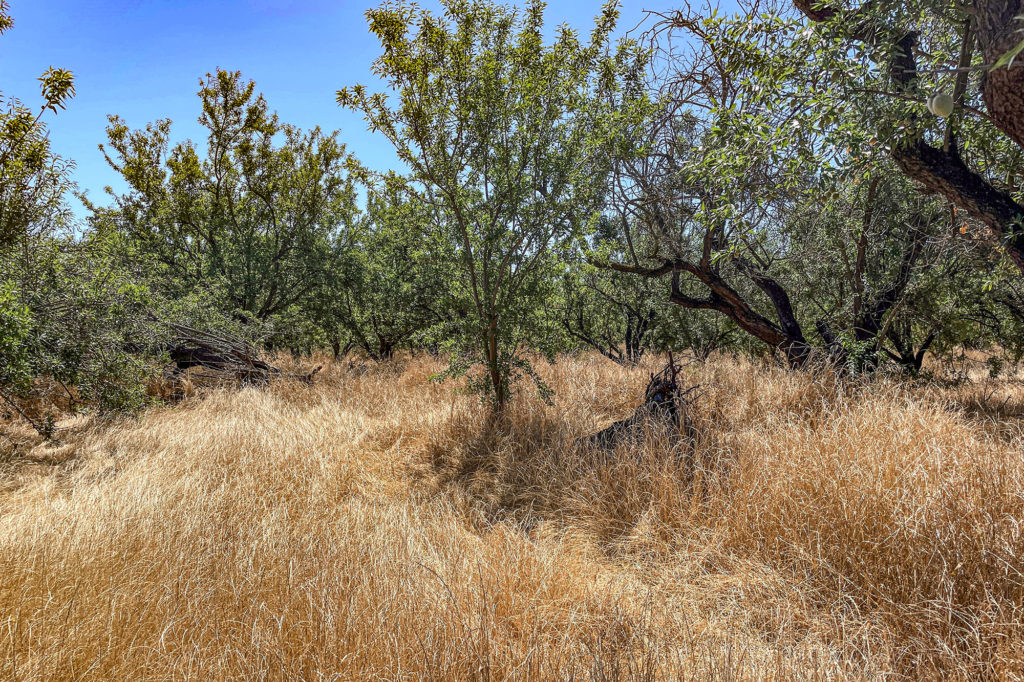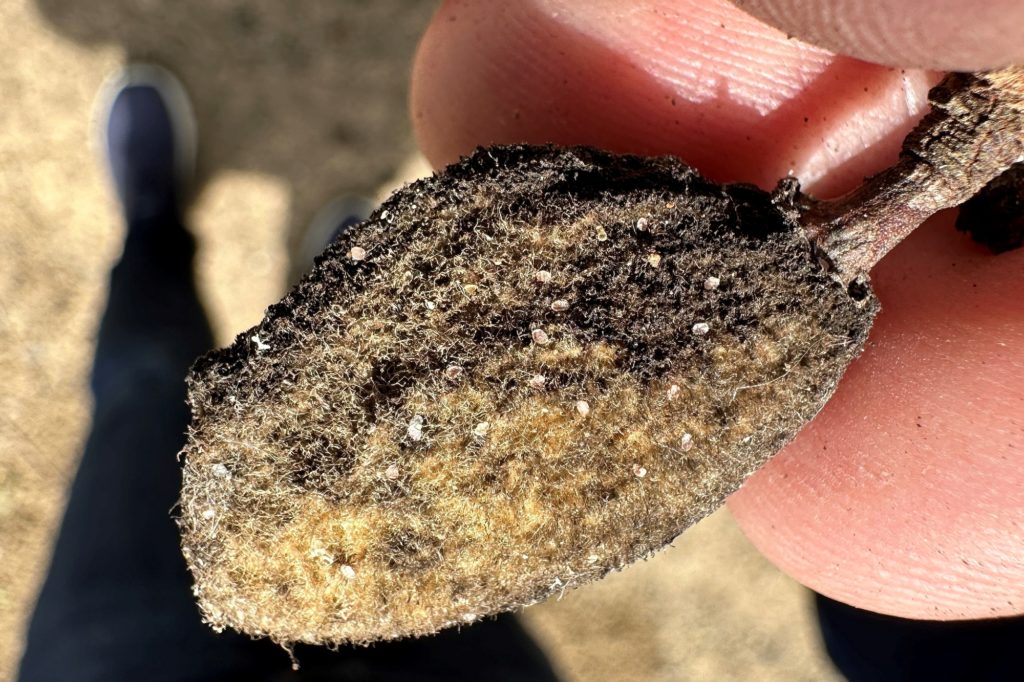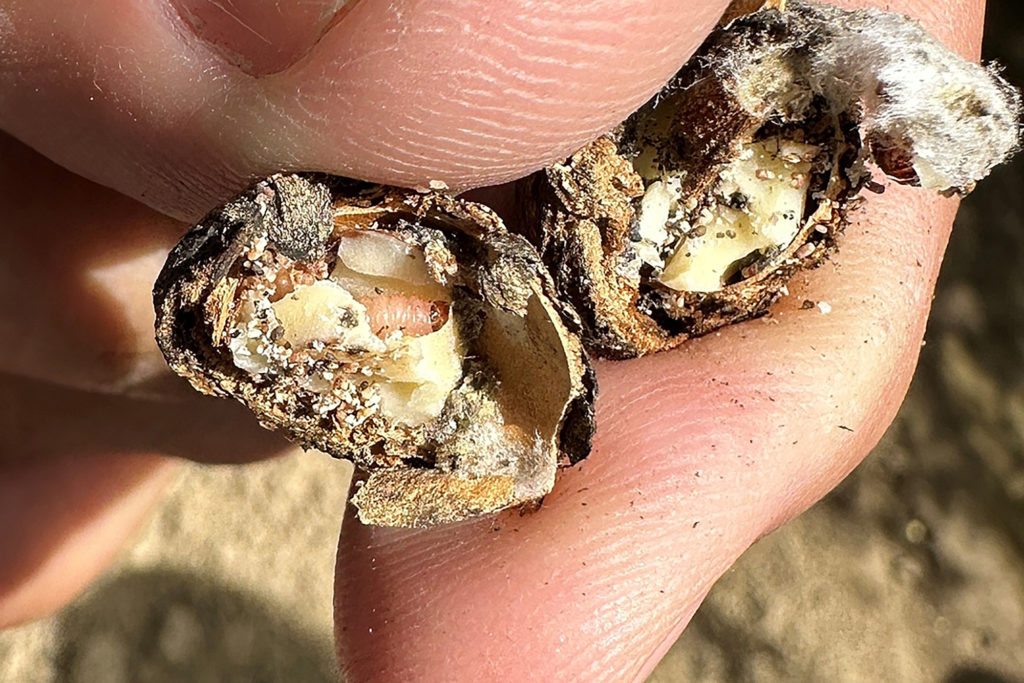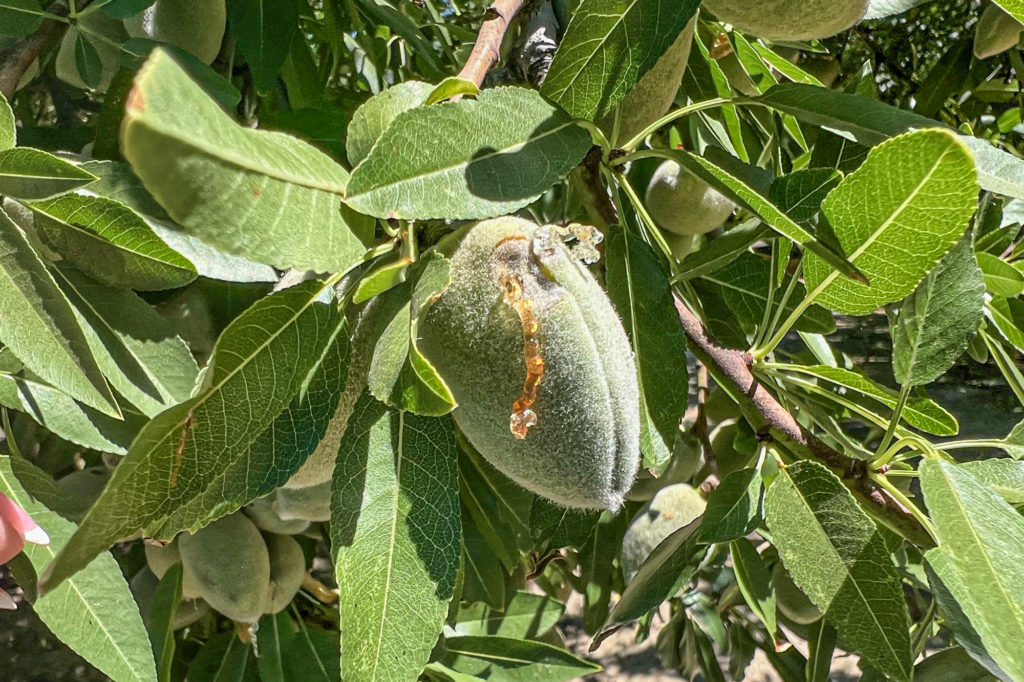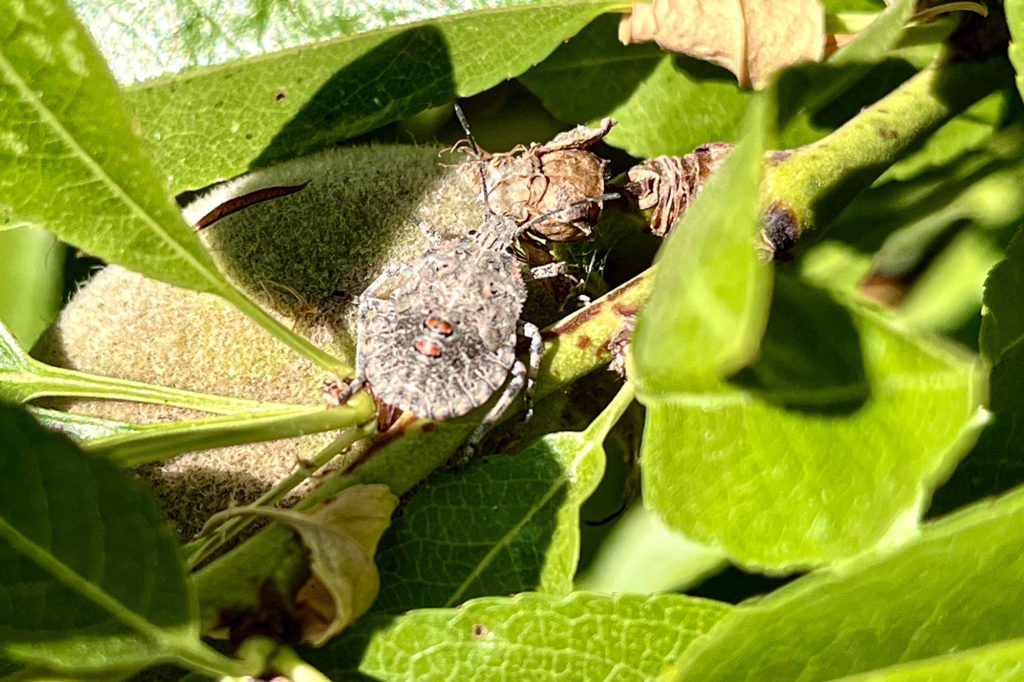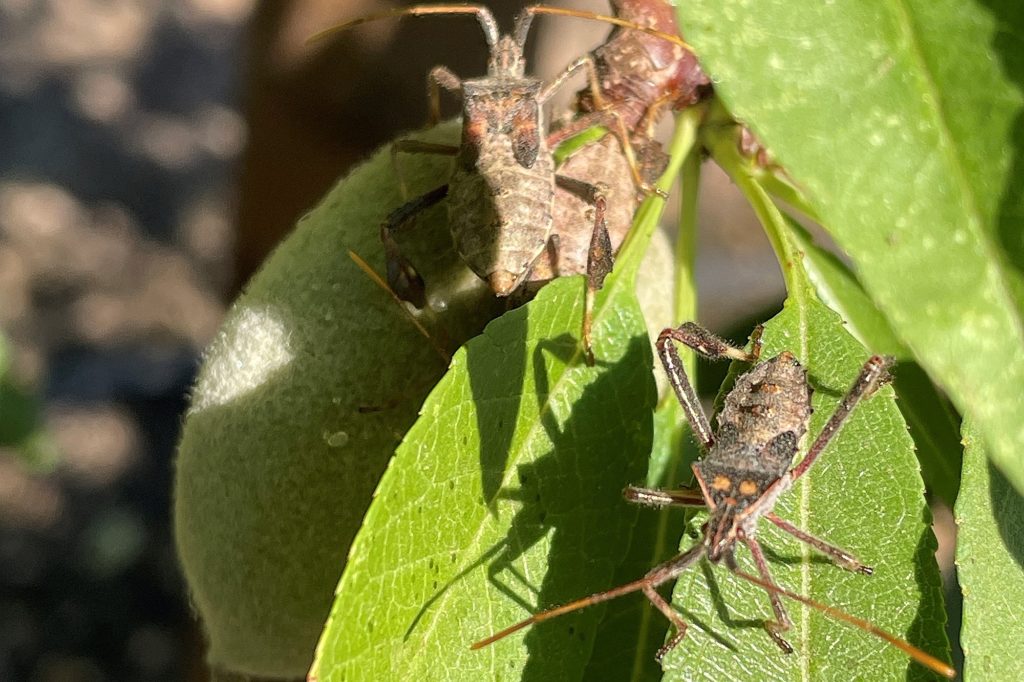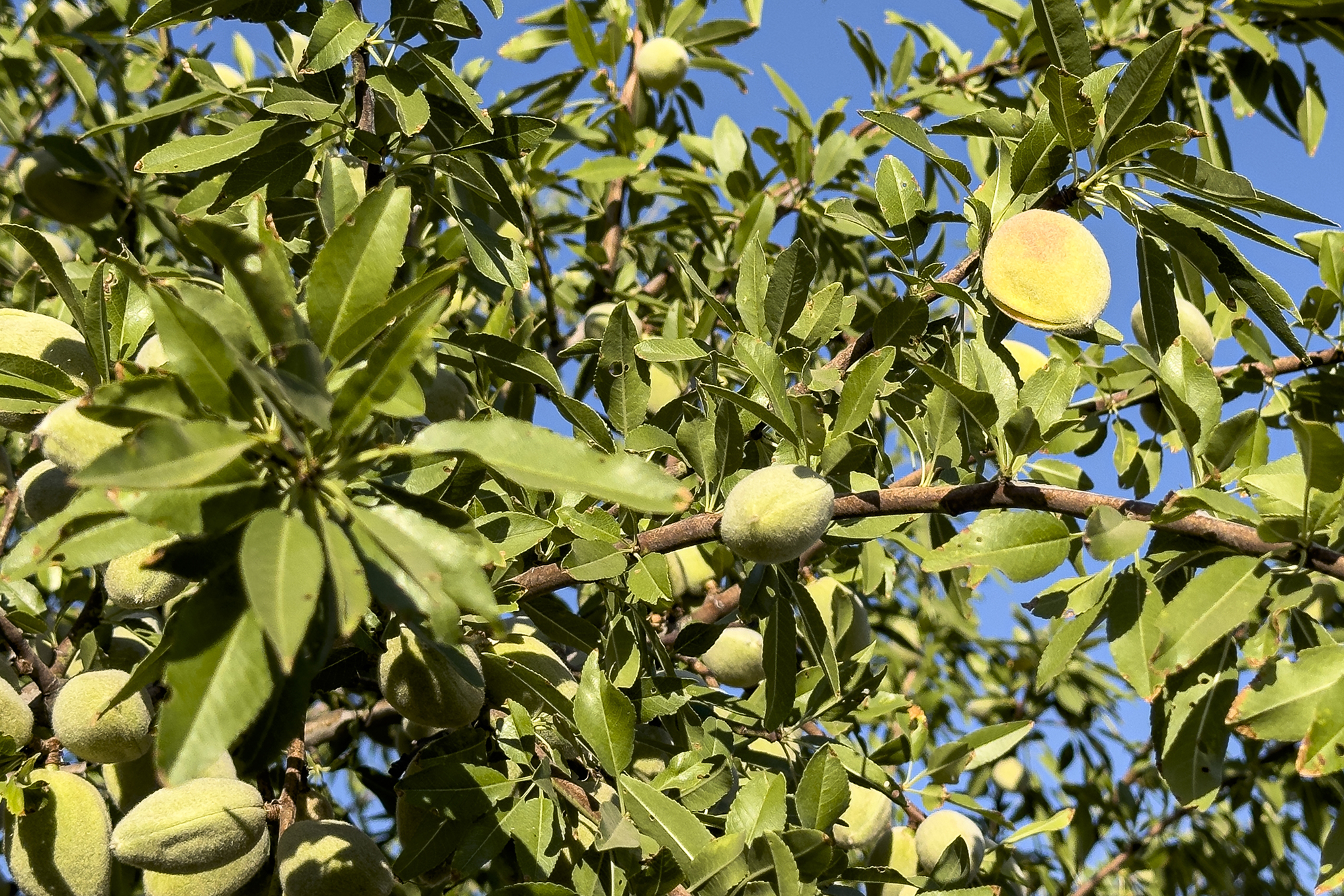
This report covers the conditions and activities observed from Monday, June 3, 2024, through Sunday, June 30, 2024. The next scheduled report will be posted on Monday, July 29, 2024. In the event of any significant occurrences prior to that date, this site will be updated as soon as possible.
The spring to summer transition was accompanied by a significant change in temperatures throughout the Central Valley, with readings rising consistently above the century mark for several days. Strangely, it was also accompanied by a pulse of monsoonal moisture that spawned thunderstorms in several areas of the Valley, dropping locally heavy showers and occasional hail in areas of Fresno County. Daily maximum temperatures rose dramatically in the period’s opening days, rising from the mid-80’s to just over the 100-degree mark for several days, then oscillating between the lower 90’s to as much as 107 degrees. Highest values were reported in the central and southern San Joaquin Valley. Morning low temperatures followed the pattern established by the daily highs, generally ranging between the mid-60’s to lower 70’s, with coolest mornings dipping into the mid-50’s.
Orchard activities during June focused on supporting the developing crop and preparations for the upcoming harvest. As with the previous month, pest management and irrigation were prime activities during the period.
The arrival of the higher temperatures increased orchard’s water consumption, forcing growers to increase their irrigation frequency or volumes. Those receiving their water from irrigation districts operating on a rotation basis, i.e., growers receive their water on a set schedule have limited options to avoid stress on their trees. Others able to receive water “on-demand” have greater options. All are concerned about forecasts for the coming weeks calling for temperatures at or above 110 degrees.
Growers with excessive weed growth increased their efforts to manage the vegetation, with the focus of ensuring that they will have a clean orchard floor prior to the start of the harvest. Those providing their orchards with minimal care resulting in a heavy vegetative load, face significant problems. Vegetation remaining on the orchard floor at harvest provides at least two challenges, both can adversely impact yields by reducing harvest efficiencies:
- Increased difficulty moving the crop from beneath the trees into windrows.
- Increased possibility of ejecting a portion of the crop out of the harvester along with the vegetation as it passes through the machine.
Several other issues were also addressed during the period.
- Some observers have reported incidences of Scab and Rust, fungal diseases that can defoliate trees if left unchecked. Treatments to control these “summertime” fungal diseases must be made prior to infection.
- Several have also noted increasing populations of web-spinning mites, as well as Leaf-Footed Plant Bug and Stink Bugs capable of producing Brown Spot in the harvested crop.
- Growers have begun applications of bait materials targeted at problematic ant species. These materials must be taken into the colony by the ants to sterilize the queen eliminating egg production, thus reducing the infestation below damaging levels.
With the end of June, growers and their Pest Control Advisors (PCAs) turn their attention to the beginning of the hull split in early harvesting varieties. Observers reported the discovery of hull split in blank nuts, those in which the hull and shell formed without a kernel due to a lack of fertilization at bloom at mid-month. Blanks typically split approximately 10 days ahead of the “sound” nuts, signaling the start of hull split season and treatments to control Navel Orange Worm (NOW). Observers reported that earliest treatments began during the final days of June with initial applications to edges of orchards and older, “weaker” plantings that tend to split earlier. Most growers and PCAs are planning to begin treatments during the coming week at initiation of the split in each orchard. Growers are particularly concerned about NOW damage this year in light of the excessive losses experienced in the 2023 crop. Nearby abandoned orchards and those receiving minimal care due to tight cash flows contributed to the problem last year and for many growers, they face the same predicament this year. These plantings serve as reservoirs of NOW due to the presence of uncontrolled mummy nuts harboring NOW larvae. As the adult moths emerge from the mummies, they can fly for miles to infest neighboring orchards. Many growers have employed mating disruption, the release of pheromones within the orchards to confuse male NOW moths, reducing successful mating. However, treatments at hull split ultimately serve as the final opportunity to reduce infestations and crop loss prior to harvest.
By Mel Machado, Vice President of Member Relations
Photos By: KC Clendenin, Austin Jackson, and Mel Machado

